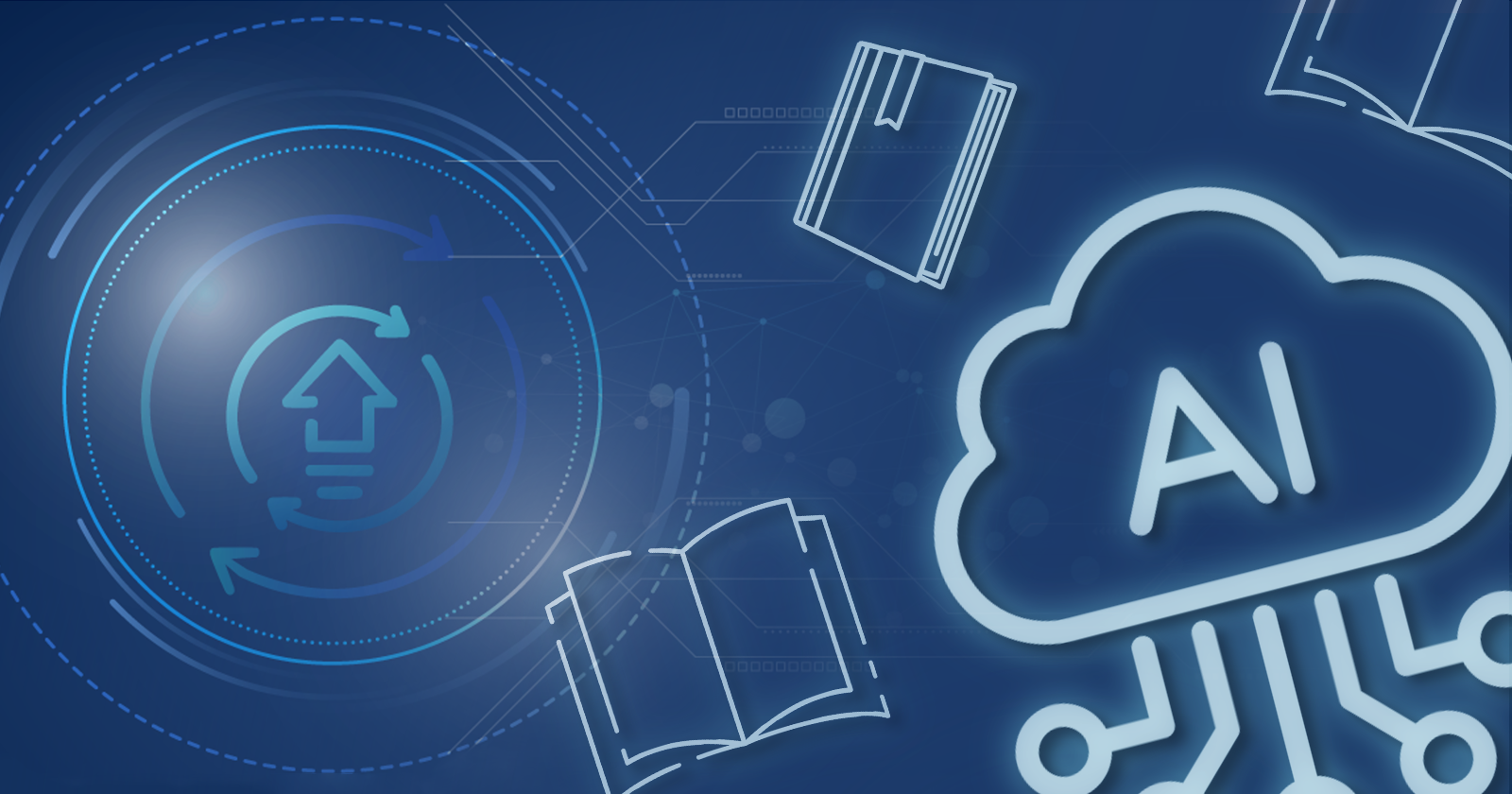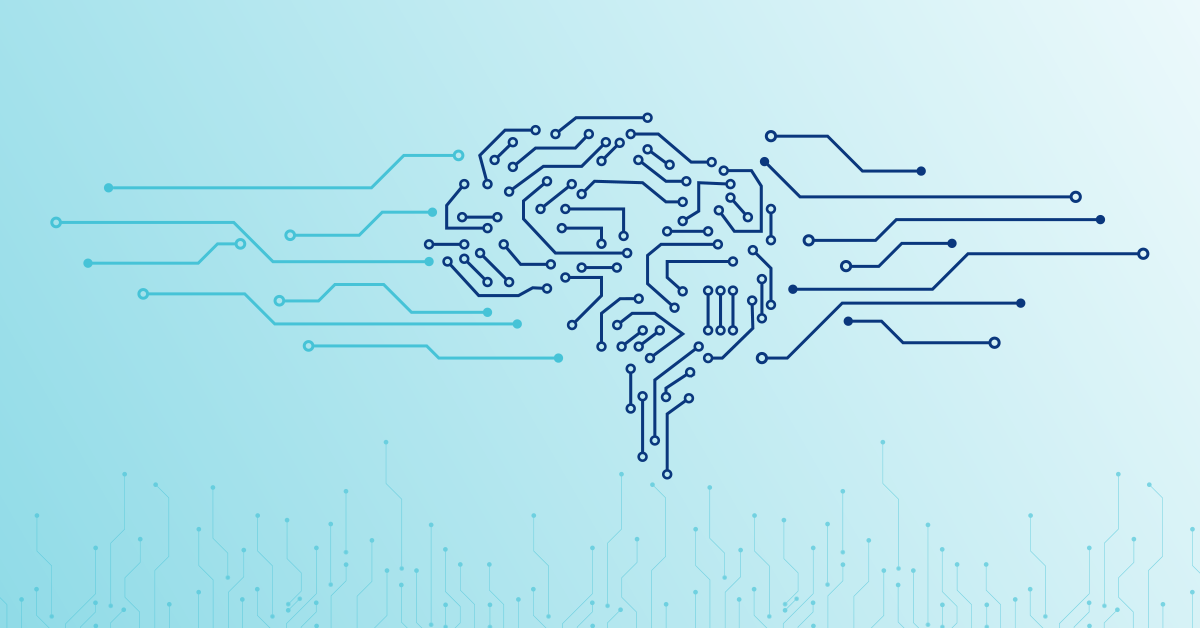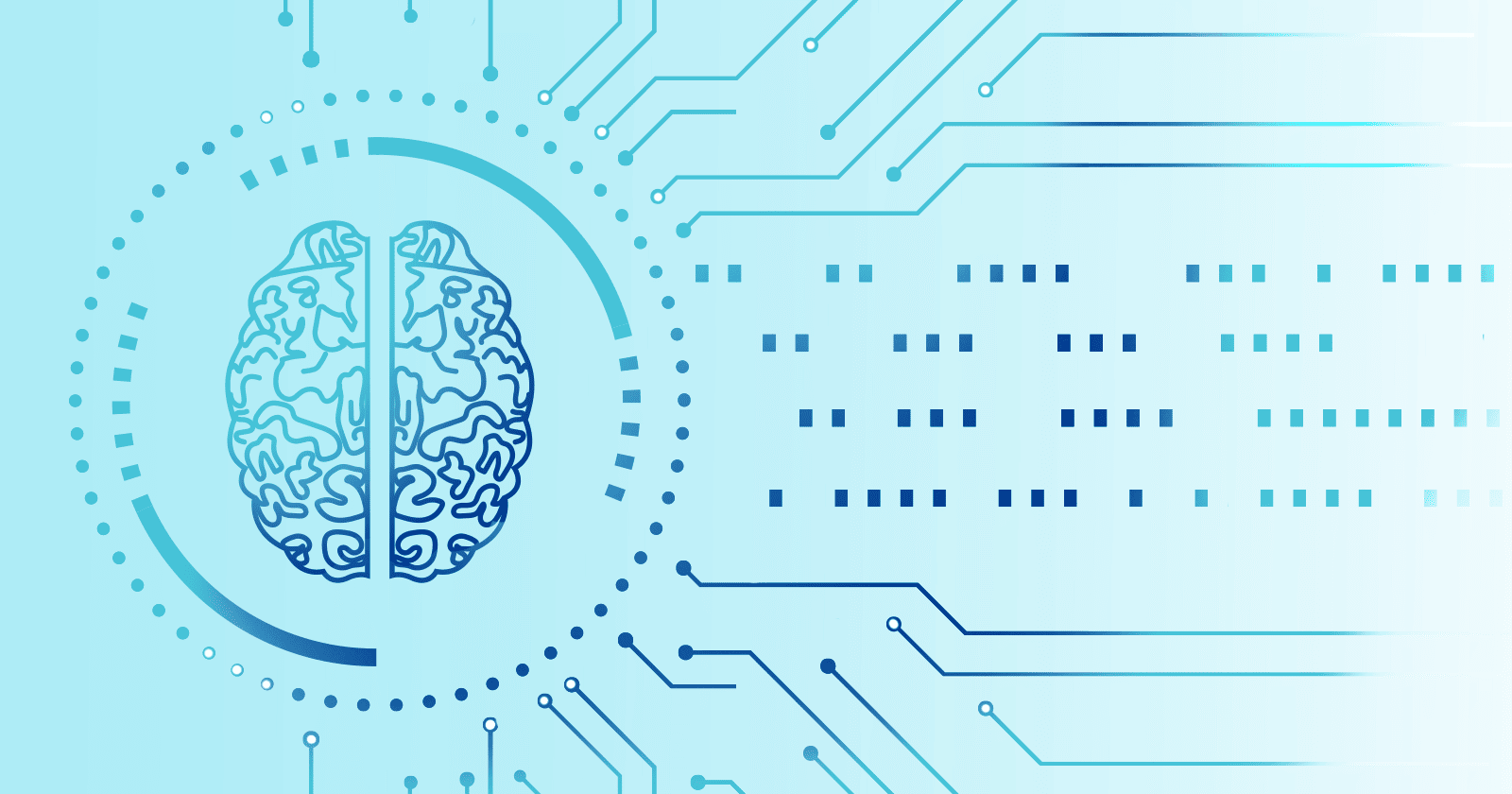5 minute read
How the Semantic Layer accelerates AI data readiness
Unlock AI-readiness across your enterprise. Learn how the semantic layer connects & enriches data to power agentic AI workflows - no need to start over.
Table of contents
In our last piece, we discussed 6 Considerations to Make Your Enterprise Data AI-Ready including: access, metadata, semantic enrichment, traceability, role-aware permissions, and modular outputs.
But with fragmented data, one, two – or even all of them – may be especially hard to get your arms around. For some organizations, traceability can feel overwhelming. For others, it’s the lack of consistent metadata or the struggle to expose modular outputs that AI can actually use.
But what many leaders don’t realize is that while these six considerations seem separate, they’re often held back by the same root issue: a lack of connected meaning.
This is where a semantic layer comes in. It’s not just about enriching content with metadata or named entities. It’s about building an underlying knowledge structure that lets your systems, AI, and your users understand, reuse, and trust your data – across every context, including agentic workflows.
Let’s take a closer look at what that structure really is.
What is a Semantic Layer
As stated, a semantic layer is a knowledge structure: an overlay of meaning and relationships across your data. It doesn’t replace your data structure – it complements it. Think of it this way: it’s not how your data is stored – it is how your data is understood and connected.

In technical circles, the word semantic shows up everywhere, from semantic segmentation in computer vision (“seeing” and interpreting visual data like facial recognition) to semantic enrichment in enterprise data, which is about named entity extraction and vocabularies. While the terms apply to different domains, they share a common goal: adding structure, meaning, and context to raw inputs - whether pixels, documents, or records – or all of the above!
In AI workflows, especially those using multiple agents or models, building a semantic layer - a knowledge structure that connects concepts, entities, and metadata - can be the difference between automation that simply functions and automation that truly understands.
For example, if you are a global enterprise pharmaceutical organization with many subsidiaries, you may have hundreds of data stores.
Without a semantic layer, your data is essentially blobs of text that is typically tagged inconsistently. Searching across them is nearly impossible. With an underlying semantic structure, you can identify a drug name, its side effects, regulatory status, trial phase, by region – all contextually linked across systems.
How a Semantic Layer strengthens AI readiness
A well-structured semantic layer – sometimes called a knowledge graph, knowledge structure or semantic layer, doesn’t replace data platforms, pipelines, or your governance. It enhances all of them by giving your data context, consistency, and connectivity.

Here’s how it touches each of the six readiness pillars:
1) Unified access to structured & unstructured data
A semantic layer allows for entity- and relationship-based retrieval. Instead of searching filenames or folder paths within a dataset, you can query “all policies related to Product X in Jurisdiction Y” - and get structured, relevant answers.
2) Metadata
Semantics enrich metadata by anchoring it in meaning and contextual information. Instead of tagging inconsistently by hand, you apply controlled vocabularies and ontologies - making metadata consistent, queryable, and reliable.
3) Semantic enrichment
Semantic enrichment is the building block - the backbone - of a strong semantic layer. It transforms raw content (PDFs, tables, reports) into structured triples or entity-rich graphs - drawing relationships between all concepts, e.g., customers, products, currency, regions, etc.
4) Traceability
Data lineage is a critical component of AI-readiness. This is where a graph shines. In regulated environments like life sciences or financial services, this kind of traceability is non-negotiable. GxP compliance, for example, demands that you retain a connection to the system of origin - not just the final output in a report.
Open standards like OpenLineage.io provide a framework for capturing metadata about data pipelines and transformations in a standardized, automated way - giving visibility across your workflows. By embedding lineage metadata into your architecture, you reduce risk, improve auditability, and ensure every downstream insight can be traced back to its source.
5) Role-aware access
The semantic layer can store access rules at the entity or relationship level, enabling context-aware permissions (e.g., “only show compliance content related to Region A to user type B”). Make sure to incorporate entitlement standards like RBAC (Role-based Access Controls) or ABAC (attribute-based access control).
6) Modular outputs
Graph-based data is inherently modular. The use of XML or RDF triples will ensure support of agentic workflow. You can extract RDF snippets, JSON-LD objects, or other structured outputs that AI agents - or downstream systems - can consume without additional transformation.
The Challenge With Knowledge Graphs
Knowledge graphs have a bit of a reputation - and not always a good one.
They’re often seen as:
- Slow to build
- Technically complex
- Resource-intensive
- Unfriendly to stakeholders outside data science or ontology teams
And to be fair, that reputation isn’t totally unwarranted.
Traditional knowledge graphs have been known to require:
- Custom ontologies
- Months of data mapping and modeling
- Teams of taxonomists or semantic engineers
- A long wait before stakeholders see any value
That’s why, even though many CDOs are conceptually on board, they hesitate to start a big project – or find themselves stalled midway. The business asks, “When will we see something we can use?” and too often the answer is “not yet.”
Even once established, knowledge graphs require ongoing adaptation. A truth today may not hold tomorrow: new regulations, mergers, product changes - all can impact your semantic model.
The good news is, there are now ways to dynamically create a knowledge graph that is extensible. Once you have a semantic layer, new entities can be associated quickly – often in days.
How is this done?
How MarkLogic and Neo4J paved the way
Long before the AI boom, platforms like MarkLogic and Neo4j were quietly laying the foundation for today's semantic layer. MarkLogic pioneered the fusion of document and semantic databases, enabling organizations to store, query, and enrich data with context - all in one place.
Neo4j brought graph structures mainstream, showing the power of connected data to model complex relationships in real-world systems.
What they proved: it’s not just about storing data - it’s about understanding how it’s connected. That foundational shift - from raw data to relational knowledge - is what makes modern AI workflows, like retrieval-augmented generation (RAG) and multi-agent systems, possible. It’s also what makes building a semantic layer today not only viable - but essential.
Datavid is the leading consultancy for building semantic products on MarkLogic and Neo4J. In working with those platforms, Datavid saw an efficient way to reimagine how knowledge graphs are built - and more importantly, how quickly they can deliver value.
Instead of starting with abstract ontology design or months of manual data modeling, these systems focus on fast enrichment, real content, and usable interfaces from day one. But not everyone has those platforms, which is why Datavid developed Rover.
The next evolution: Datavid Rover with Databricks
Today, that vision has evolved further. Datavid Rover now integrates directly with platforms like Databricks, acting as a semantic enrichment engine to build knowledge graphs and a semantic layer on top of your existing data lake or warehouse.

This means enterprises no longer need to choose between high-performance analytics platforms and semantic search capabilities. With Datavid Rover + Databricks, teams can enrich, classify, and link their data -turning their existing data platform into an AI-ready foundation without replatforming.
From theory to Semantic Layer – fast
Datavid Rover combines a semantic enrichment engine with a search-ready data platform. It ingests all content and helps teams move from fragmented inputs to enriched, connected, and queryable knowledge - fast. It builds a knowledge graph on the fly that is immediately usable, empowering your domain experts, not just your ontologists.
With Datavid Rover, teams have:
- Plug-and-go enrichment from day one
- A flexible ontology starter kit that evolves with your data
- Reusable components that speed up every future data product
- And a clear path to making your AI initiatives traceable, trustworthy, and tangible
Datavid Rover is how the bio tech firm Roche was able to take a project that had been stalled for more than two years – and, along with Datavid experts, create a functional product in under 10 weeks.
Building knowledge graphs with Datavid Rover
Instead of starting with abstract ontology design or months of manual data modeling, Datavid Rover focuses on fast enrichment, real content, and usable interfaces from day one.
It flips the traditional model:
- Start with actual documents and structured sources
- Enrich as you ingest - not months later
- Let users explore results while the graph is forming underneath
- Focus on outcomes like search, compliance insights, or workflow triggers - not just schema perfection
The result? You still get a semantic layer.
But now it’s a scalable and extendable platform that will have you delivering functional products in months, not years.
The road to Agentic AI starts with semantics
The rise of multi-agent systems - agentic AI - marks a shift from monolithic LLM calls to orchestrated, context-aware workflows. The promise is vast: agents can be embedded into any workflow that requires tedious information lookups, transforming scattered data into contextualized, actionable outcomes - all without human intervention.
But agentic AI isn’t limited by imagination. It’s limited by your data infrastructure.
To retrieve, reason, and act across systems, agents require structured, contextual, traceable data - accessible on demand. That requires a semantic layer built on a graph data structure, capable of linking concepts across sources. Only by shaping knowledge in this reusable, connected format can fragmented enterprise data become the foundation for intelligent automation.
If building a semantic layer sounds like a dream deferred, know that it doesn’t have to be.
See how organizations like Roche moved from data silos to semantic search in under 8 weeks.



